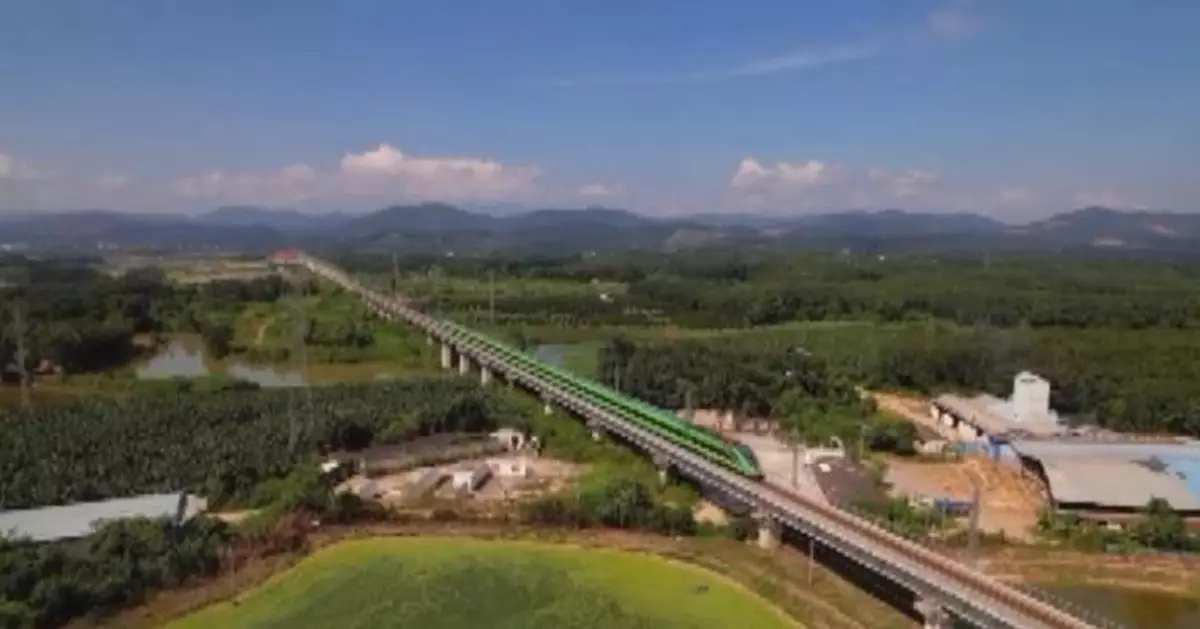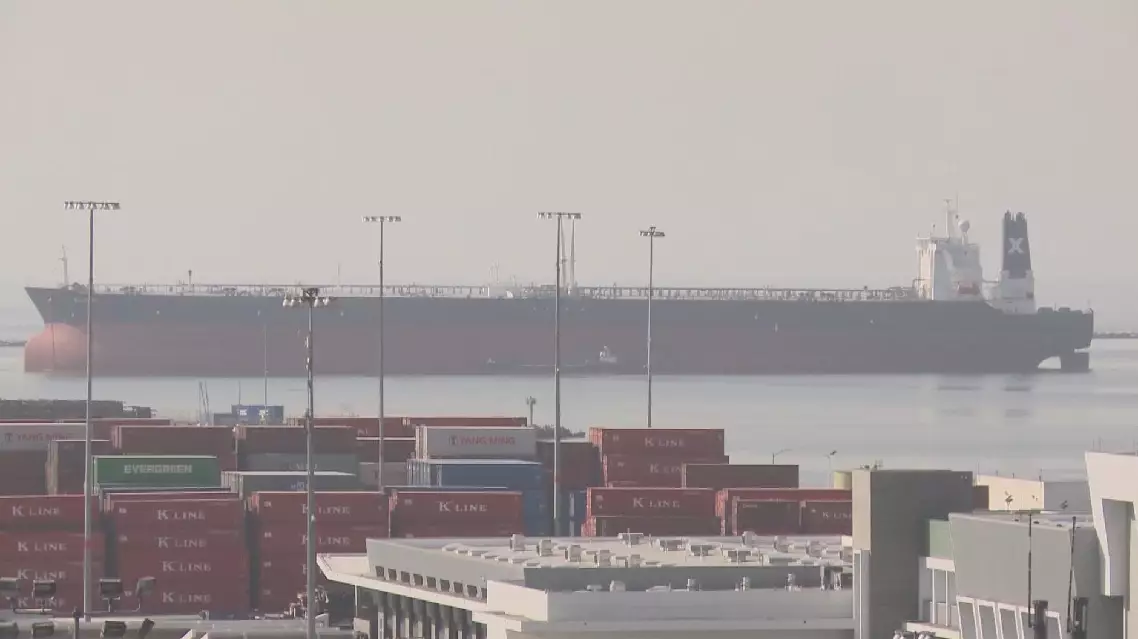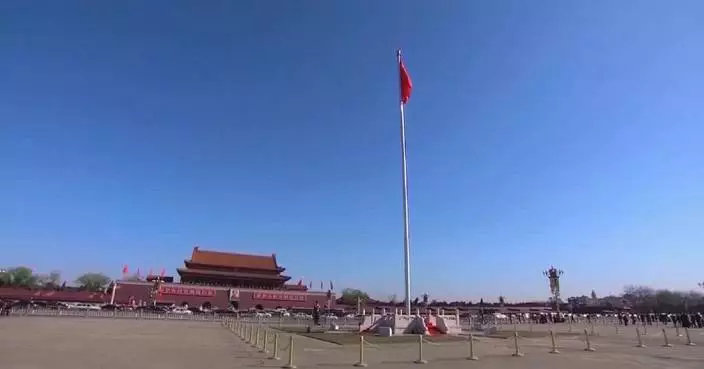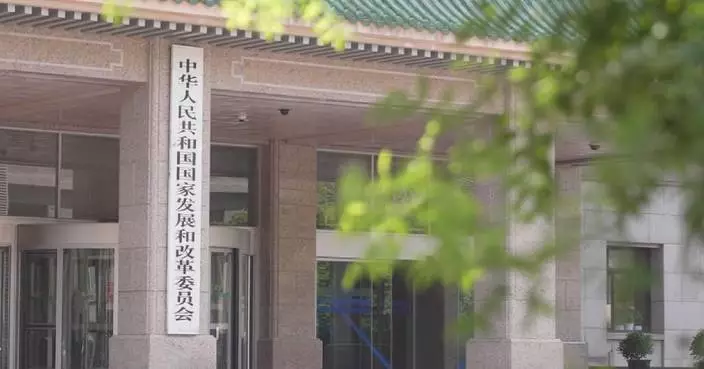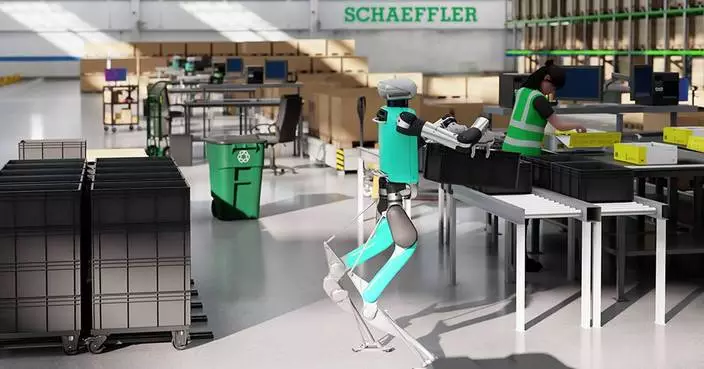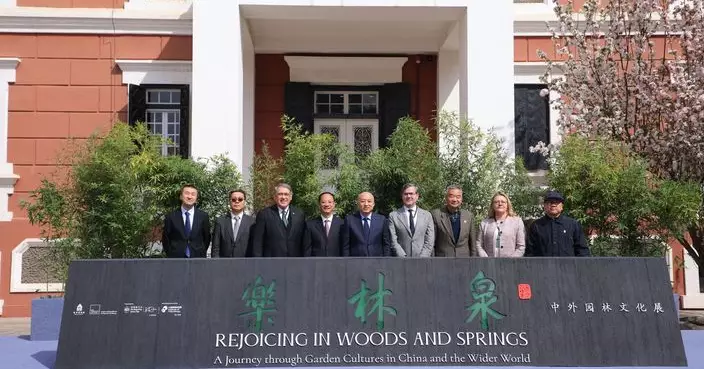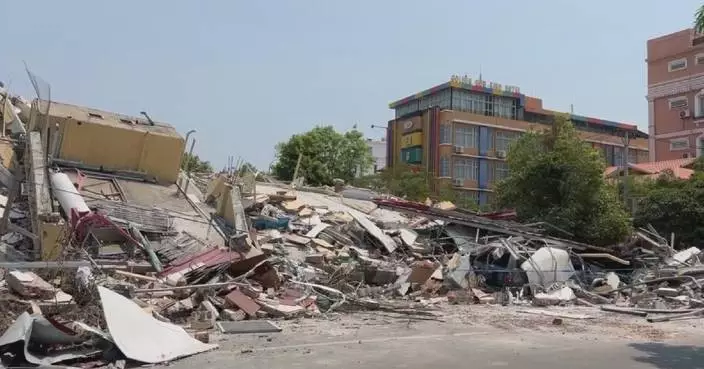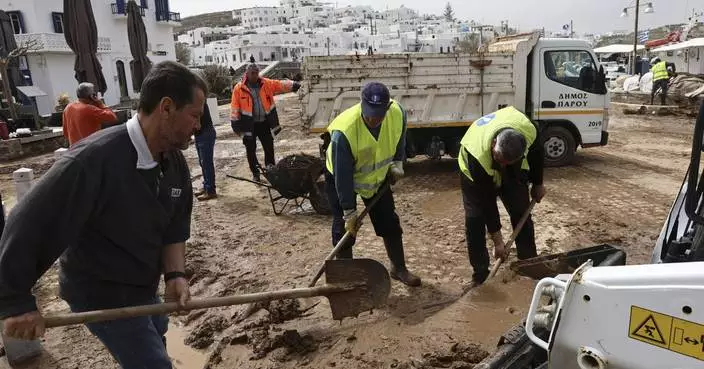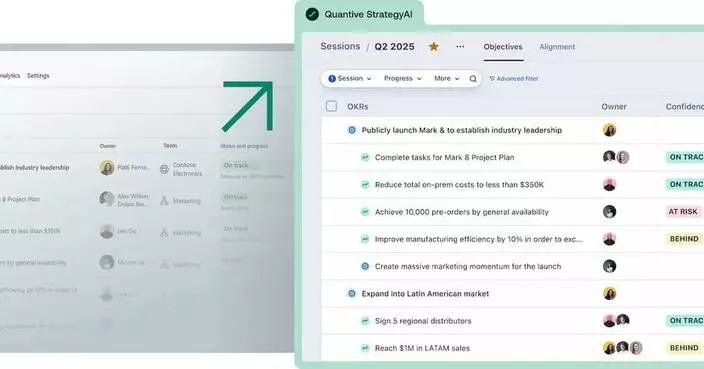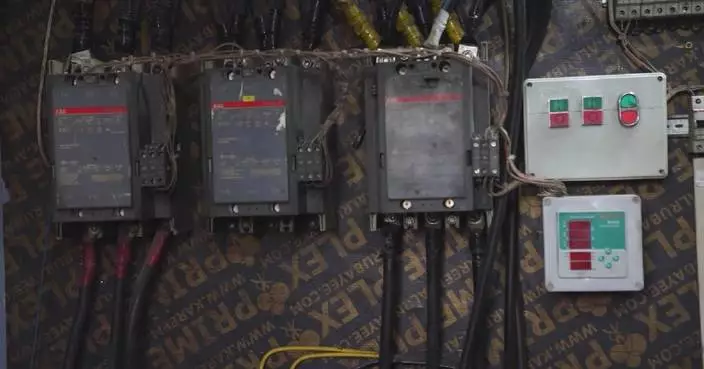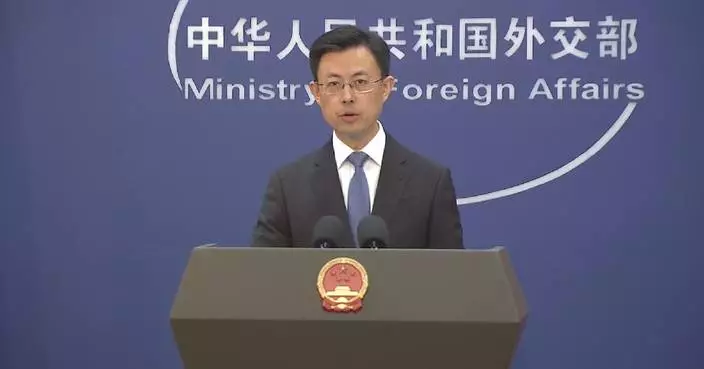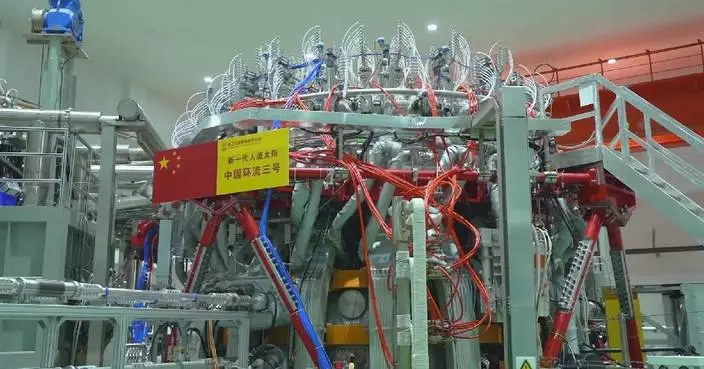Transportation connectivity between China, Thailand, and Laos is boosting regional development and tourism among the three countries.
The China-Laos Railway opened in December 2021, with its international passenger service beginning in April 2023, while the cross-border railway between Thailand and Laos opened for traffic this year, and the China-Thailand railway project is being constructed at high speed.
In July 2024, the Thailand-Laos cross-border passenger train service commenced trial operations, connecting Krung Thep Aphiwat Central Station in Bangkok with Khamsavath Railway Station in Vientiane, Laos.
This route enhances rail connectivity between Thailand and Laos while linking with the China-Laos Railway, connecting Kunming City in southwest China's Yunnan Province to Vientiane.
As the China-Thailand railway construction progresses, tourism among China, Laos and Thailand is expected to flourish.
Meanwhile, the 1,035-km China-Laos Railway is fostering closer ties between the two countries, enhancing personnel exchanges and cultural interactions, while significantly boosting bilateral trade.
Since its opening in December 2021, the railway has handled over 10 million tons of imported and exported goods valued at about 5.7 billion U.S. dollars in total, with varieties of goods expanding from the initial 500 to more than 3,000. The railway has also transported over 40 million cross-border passengers, providing affordable, convenient and comfortable experiences to travelers.
"The China-Laos Railway is a platform for youth to find jobs and provides employment opportunities for locals along the route. I hope more young Laotian people can join the development of the China-Laos Railway and be part of this big family," said a Laotian train driver on the railway.
Not only are people from China and Laos benefiting, but more travelers from around the world are also choosing this train for leisure trips, as the railway passes various tourist attractions.
"The greatest change is the convenience of transportation. From Luang Namtha, a province in northern Laos, it used to take me two days to get there. Now, it only takes three to four hours by train," said the head of a train crew.
"In China, people often say, 'To get rich, build roads.' We sometimes say, 'To get super rich, construct railways.' A high-standard transportation network greatly advances inland countries like ours. Convenient transportation facilitates other forms of transport, reducing costs for investment, trade, and tourism," said Saysana Sitthiphone, director-general of the Laos-China Cooperation Commission.
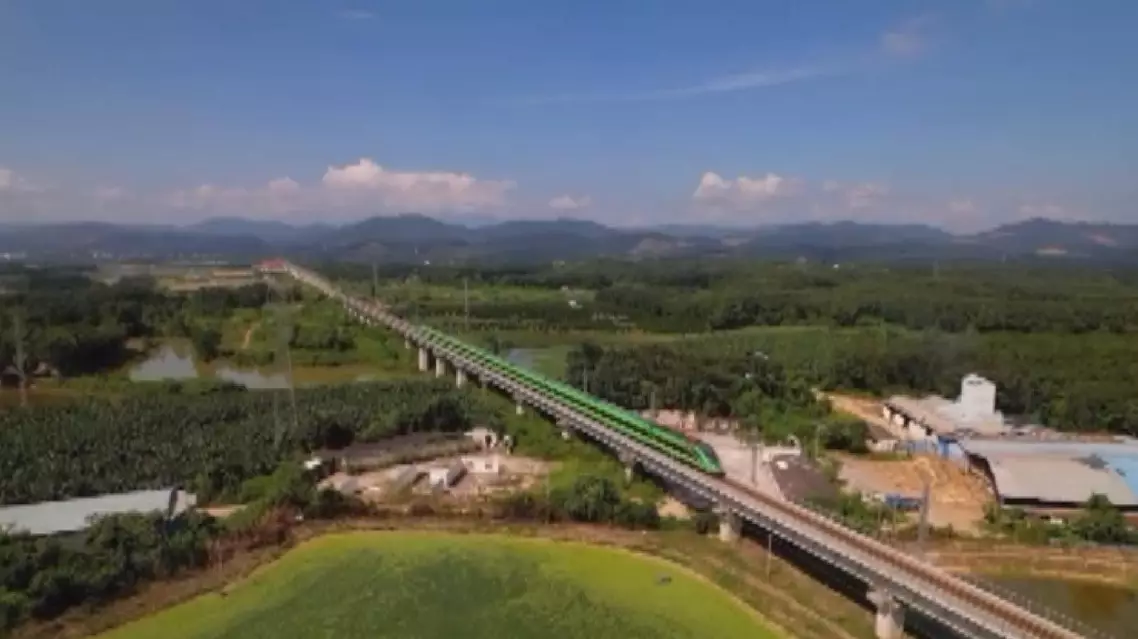
China-Laos-Thai rail connectivity propels regional growth


